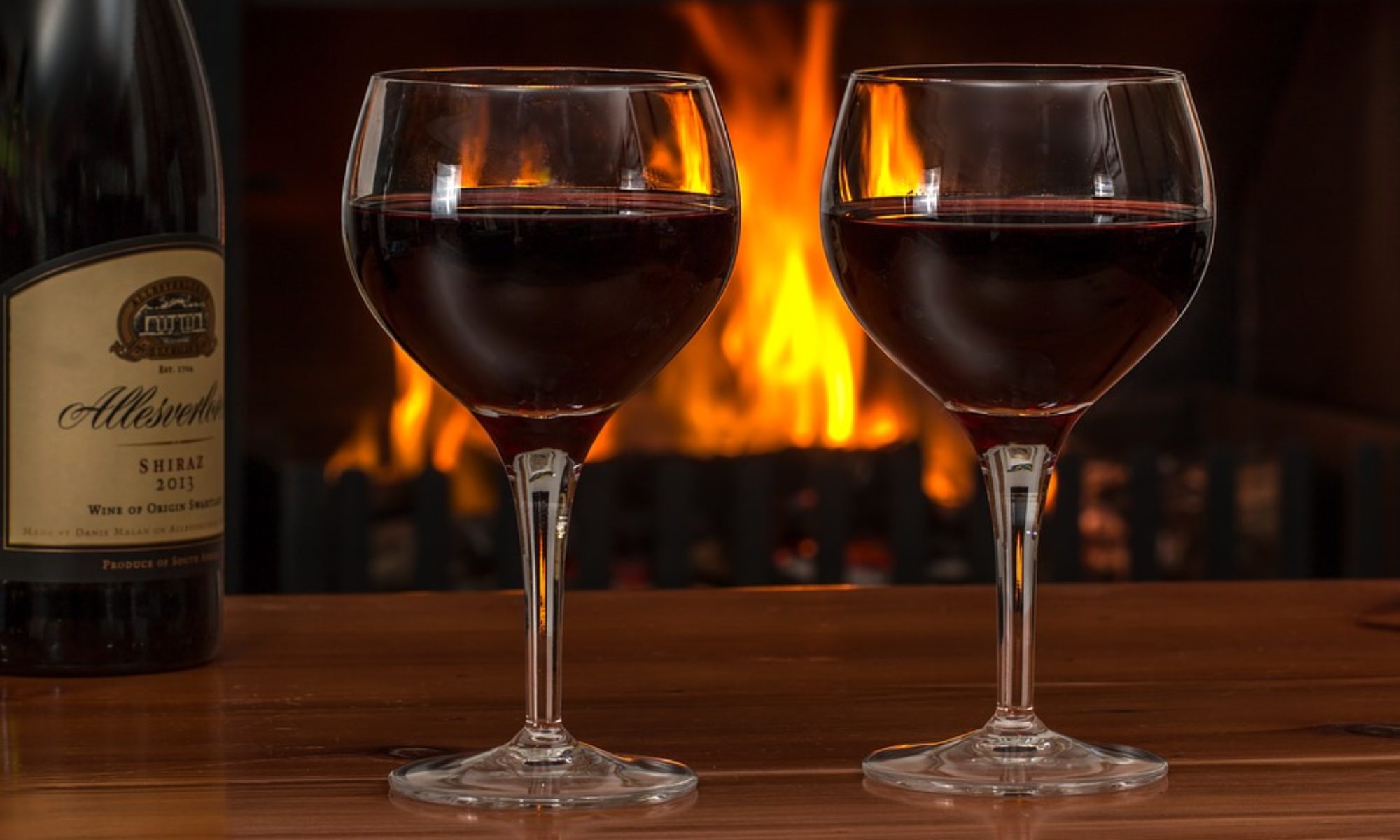
Brunello Di Montalcino
By Kevin J O’Rourke
One of the most prestigious and famous wines in Italy is Brunello di Montalcino. The homeland of the wine is located in Tuscany and it is made from Sangiovese grapes. These grapes are grown on the slopes of Montalcino.
Wine enthusiasts who are new to Brunello di Montalcino do not know Brunello translates to “little dark one.” This is the local vernacular for a form of Sangiovese which has large berries. The wine began to increase its reputation as one of the finest in Italy by the time World War II ended. Documents from the government at that time showed that the Biondi-Santi firm was the only commercial producer of this wine. There were only 1888, 1891, 1925, and 1945 vintages available.
The lack of vintages encouraged more producers to make new Brunello di Montalcino wine. This wine was being made by 11 producers by the 1960s. There are nearly 200 winemakers who are mostly small farmers and family estates making this high-quality red wine now.
Complex wines are typically created using traditional wine making methods. This includes aging wine in large oak vats for long periods of time. However, there are some wine enthusiasts that think this method results in a wine that is too dry and tannin. Modern methods for wine making have created fruitier wines due to shorter barrel maturation times and smaller French barrels. This method was first established in the 1980’s.
The classification of Brunello di Montalcino wine means specific regulations need to be followed. The vineyards used for growing the grapes are required to be in areas with good exposure to altitudes that will not exceed 1968 feet or 600 meters above sea level. All vineyards will be located on various hills. Heights at this range are meant to ensure grapes will reach optimal flavor and ripeness before harvesting.
Tuscany has a warm and dry climate that meets all the requirements for growing Sangiovese grapes. This means achieving optimum ripeness will typically not be an issue. Wine needs to be made from 100 percent Sangiovese grapes and then aged for a minimum of four years in oak barrels. If wine is meant for commercial release, then it must be bottled four months before offering it for sale.
Some outstanding example of this wine are the Castelgiocondo Brunello and the Riserva Brunello from the same estate made by Marchesi De Frescobaldi. This Riserva is the finest example from this estate. Also from the Marchesi de Frescobaldi family of estates is the Tenuta della Vita Luce Brunello di Montalcino. Luce means light in Italian and the label is an artists impression of this. The Lice recently was awarded 93/100 wine spectator points and is a wine that can be drunk now but will benefit from many years of careful ageing.
For an older style and often consider more traditional example of Brunello look for the Carpineto Brunello di Montalcino. This estate does not especially like the more modern style of this wine and prefers a slower maturation and longer time in bottle. Carpineto has been named IWSC Italian Wine Producer Of The Year in 2003 and was the first ever Italian winery to win the IWSC International Winemaker of the Year Trophy in 1994.
Brunello di Montalcino wines are available from http://www.wineman.co.uk where the owner Kevin O’Rourke carefully selects only the finest restaurant quality wines and makes them available for the public to purchase.
This arduous task of tasting and selecting only the highest quality and greatest value wines is something that Wineman specialises in.
Article Source: http://EzineArticles.com/expert/Kevin_J_O’Rourke/23913
